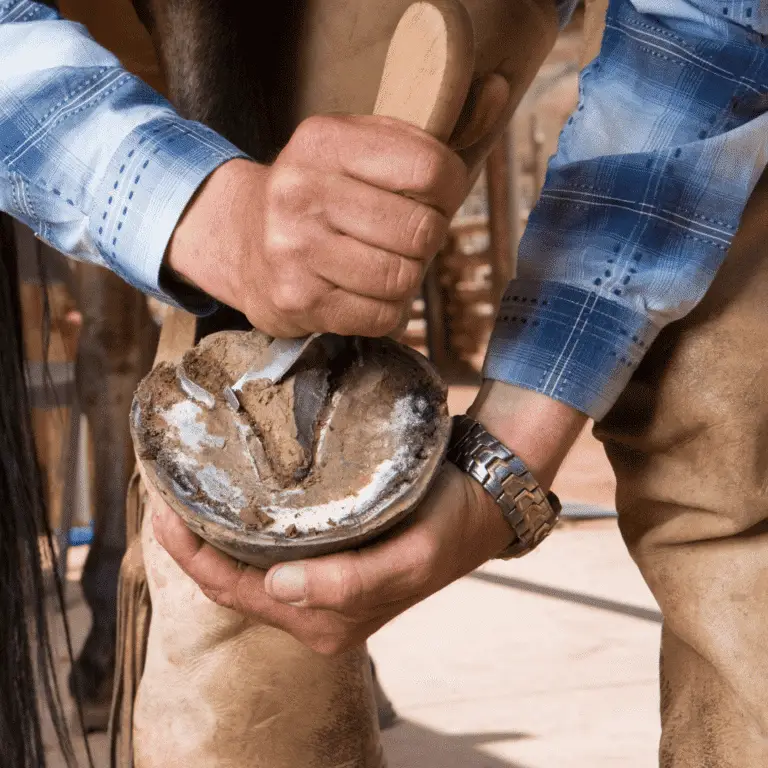Thrush is a common bacterial infection of a hoof’s frog. The responsible bacterium is home in damp environments, such as mud or wet bedding. Long exposure to this environment can cause the infection. The bacterium invades and destroys the frog of the hoof, which can end up exposing the deeper sensitive tissues. Low heel syndrome can increase the chances of Thrush.
